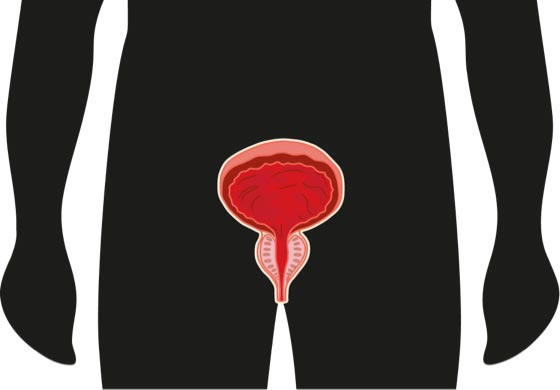It is paramount that you’re able to conduct Men’s Business and uphold protocol during your cancer journey. You can request cultural protocol to be followed where gender-specific cancer is present or symptoms resulting from a cancer diagnosis are impacting your reproductive organs
This means that you can:
- Request the assistance of male health practitioners throughout your cancer journey.
- Have another male (father, uncle, brother, partner, friend etc.) attend medical appointments and procedures with you as a support person.
- Call on the men in your family and community to conduct Men’s Business to help you through your cancer journey.
- Ask for a male advocate to assist you navigate your medical treatment.
- Request that health practitioners and providers are competent in upholding Men’s Business protocols.
Remember, our families and mob are our best teachers. Lean on your Elders and family to help you uphold Men’s Business protocol during your cancer journey.
Find out more on Men’s Business.






